Banker and philanthropist Albert Kahn initiated what is now a wonderful garden-museum. From 1895, he worked on the project of a garden supposed to symbolize peace between the people of the world. Located in Boulogne, in the west of Paris, the recently renovated museum now acts as a jewel case for the founder’s humanist project: photographic archives of the world and a garden where different cultures cohabit, establishing a dialogue with each other through natural species.
The world in one garden at the Albert Kahn museum
Outside of botanical gardens, you don’t often get to see many vegetal species from various continents gathered in the same place, let alone gathered by a private hand. Yet, this is what the Albert Kahn Museum‘s garden offers, just at the exit of metro Boulogne-Billancourt. Recently reopened after important renovation works, the museum is a tribute to the life work and vision of its creator.
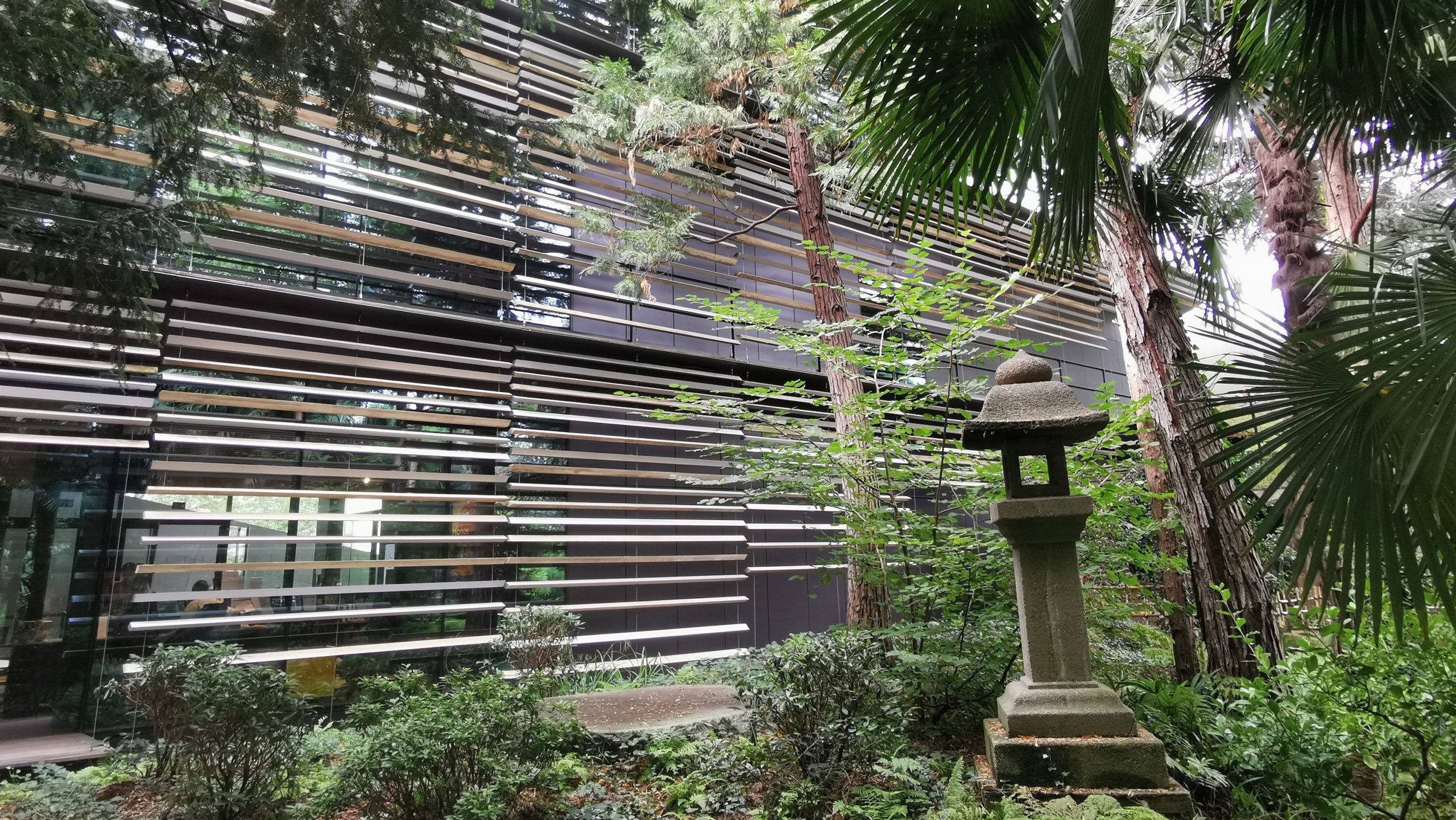
I have to briefly introduce the man because the place is a direct expression of his work and vision of the world. Only by understanding those, can we really comprehend the unexpected existence of such a heritage garden in Boulogne.
Albert Kahn was born in 1860 in Alsace (east of France) to a European world entering industrialization and slowly assimilating the rules of capitalism. Originally from a modest family, he became a brilliant banker nevertheless and accumulated a fortune by negotiating abroad and rapidly growing his client’s portfolios. But he was also an intellectual, and passionate about geography, human sciences, and travel. One could say he was obsessed with seeing, documenting, and capturing all the ways of the world. I will come back to that later.
At the beginning of the 20th century, he started to design a garden intended to embody a dialogue between cultures, with the help of botanists and landscapers. He loved Japan particularly, which explains the predominant presence of this style in his garden, but he also planted a “forêt vosgienne” (forest of the Vosges mountains) in honor of his home region, along with a French garden with roses, a swamp, and a winter greenhouse. There’s also a smaller part dedicated to an English garden, with a grotto.
The garden used to be open to his guests (some with high standing and intellectuals, but not only) and members of the “Autour du Monde” (“Around the World”) society, a grant for young university teachers created to encourage them to travel before taking up their position (just a note here: later, that same society would give birth to a commission that would in turn prefigure the future UNESCO.)
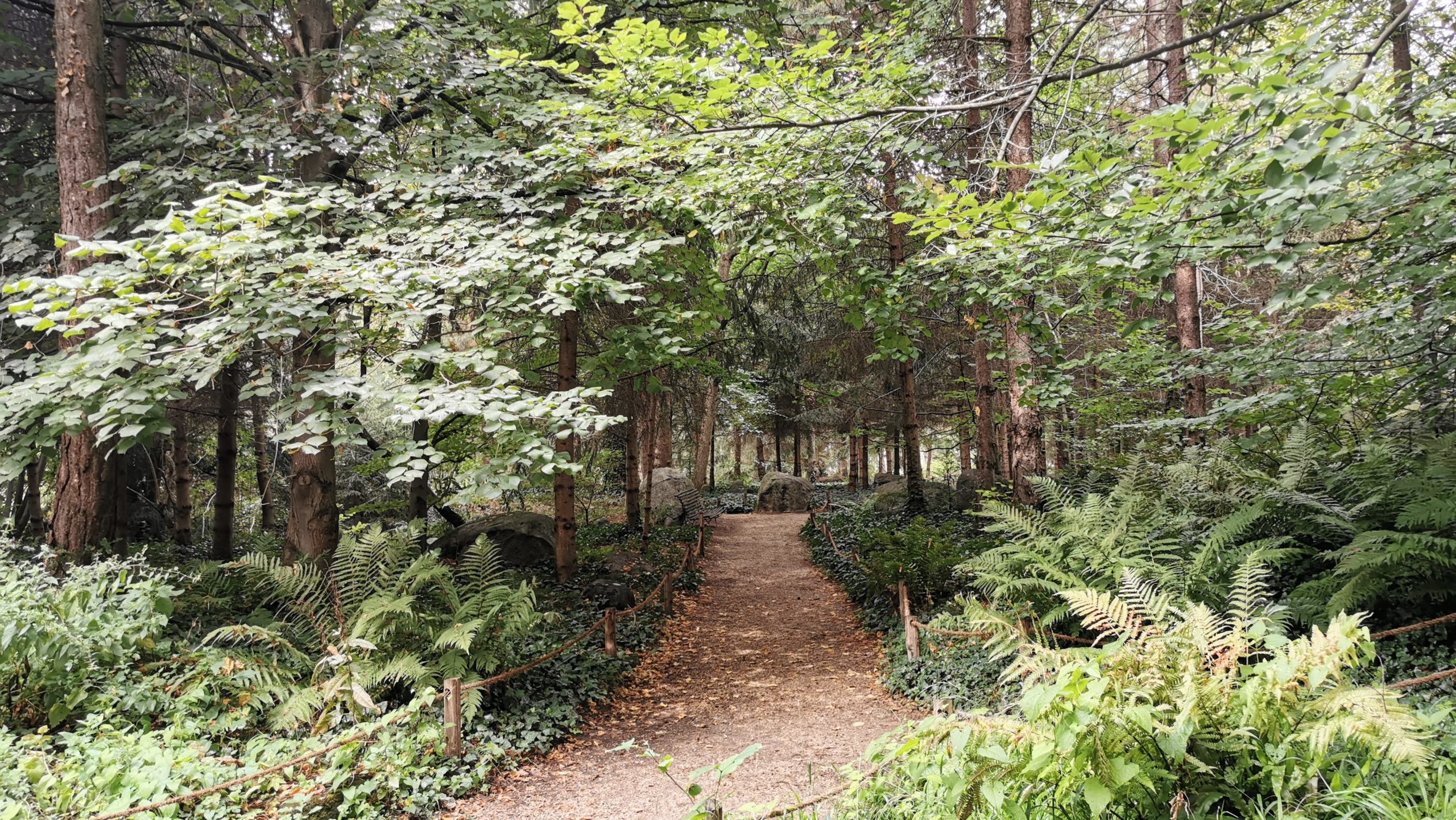
At the Albert Kahn Museum, a Japanese garden in Paris
As mentioned above, the Japanese garden is prominent in the Albert Kahn garden, among other styles. The man had a particular affection for that country (who wouldn’t) which had started to open up to foreign trade in the Meiji era. He developed strong ties with the Japanese ambassador in France at the time, and traveled several times there himself. Incredibly enough, he bought two traditional Japanese houses directly from Japan, which are the ones we can still see today in the garden. They’ve been restored, but are originals!
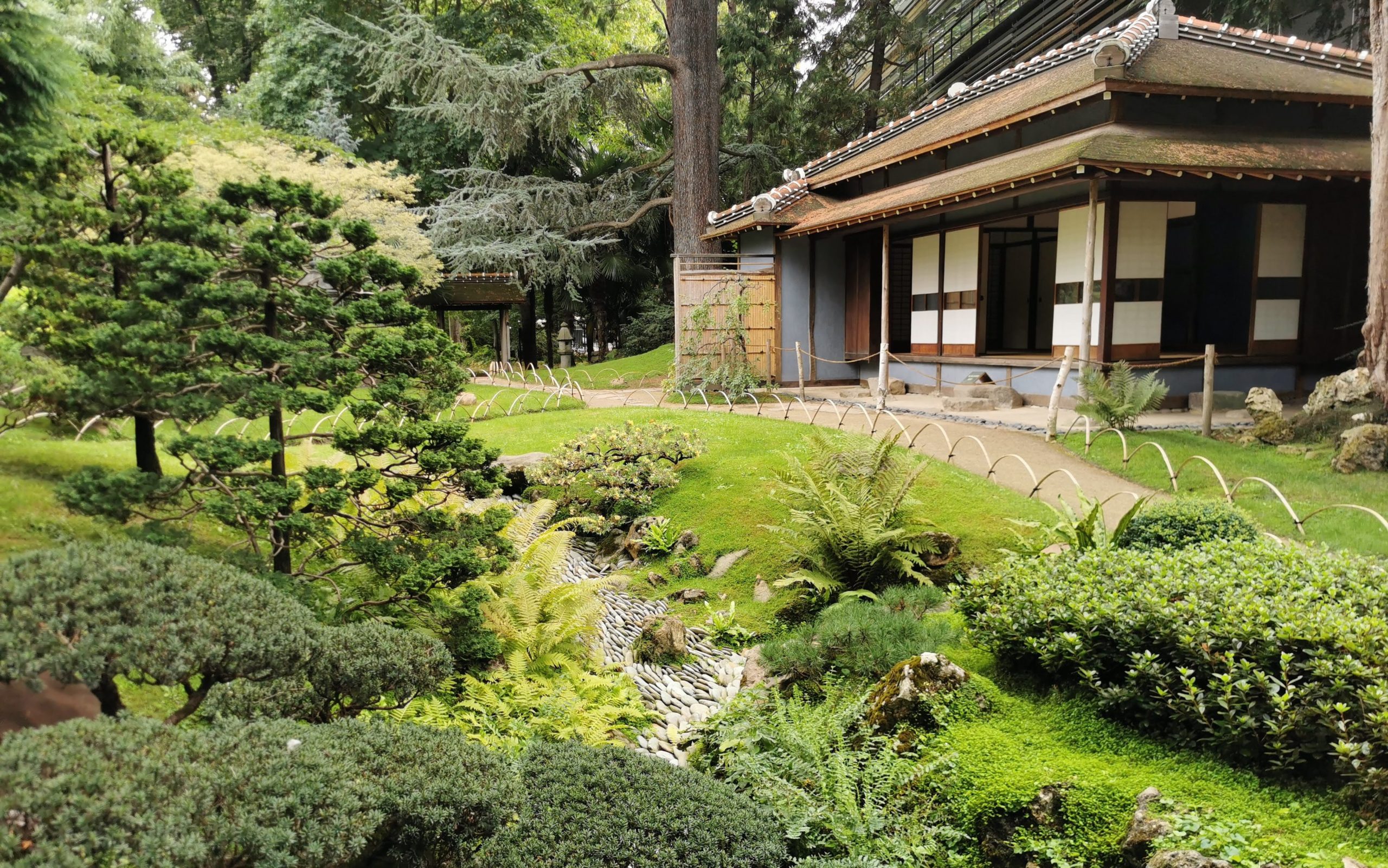
The Japanese garden is divided into two parts today: the traditional and the modern one with a spiral fountain. But it also sports a beautiful bamboo forest. Based on the concept of “scenic garden”, popular in the 19th century, Albert Kahn’s garden is a real journey around the world, all of it without leaving Paris!



A fascinating thing that happens when you visit the garden is how fast you navigate from one style to the other. I guess it’s what Mr. Kahn was looking for: to be able to travel in one single garden. Containing plants and species from all over the world, it is the vegetal utopia its creator envisioned all his life before he died, ruined, at the dawn of World War II, which is a very sad end for that man. I am not going to go through all the details of his life but his work was really fascinating, I encourage you to search more if you’re interested!
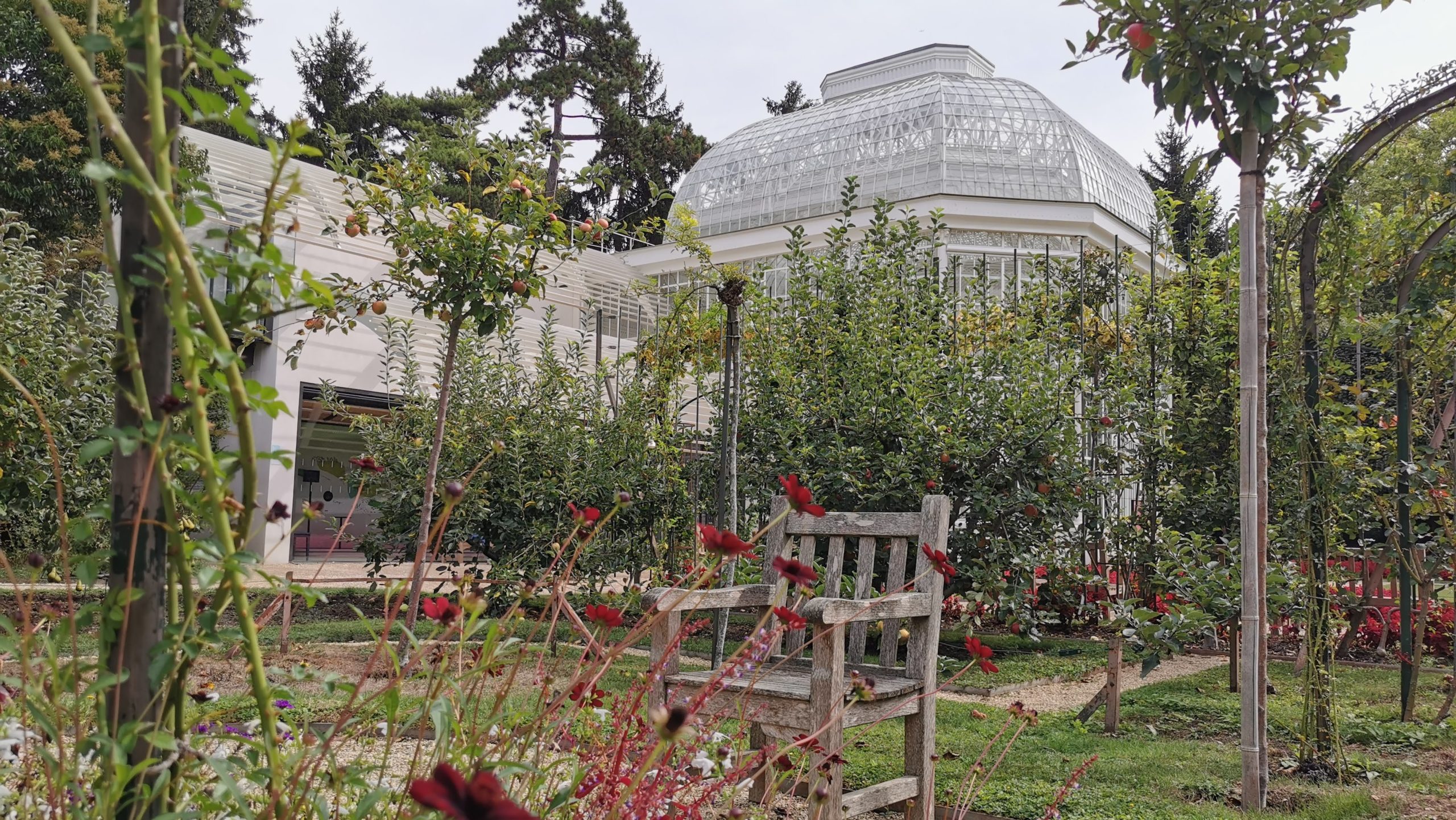
Albert Kahn, an inspiration for the humanist traveler
I can’t conclude this article without saying a bit more about Albert Kahn’s vision of travel. He believed seeing the world was an essential way to learn, a true life experience, and a fundamental knowledge to pass on. He also believed that only by living it could they teach their students properly. That’s why he created the “Autour du Monde” grant for young teachers, encouraging them to travel before taking their position at the university.
I ask only one thing from you: that you keep your eyes wide open.
Albert Kahn
But most of all, Albert Kahn is famous for launching and funding a huge documentation project, starting 1909: Les Archives de la Planète (literally, “The Archives of the Planet”). Lead by its scientific director Jean Brunhes, the project was supposed to make a “photographic inventory of the surface of the globe already occupied and modeled by man, as it presented itself at the start of the 20th century.” Thus, dozens of men were sent to all corners of the world for over 20 years, traveling, operating, photographing, and archiving more than 72,000 autochromes (the first colour photographs), 4,000 stereoscopic images, and 180,000 meters of cinema film.
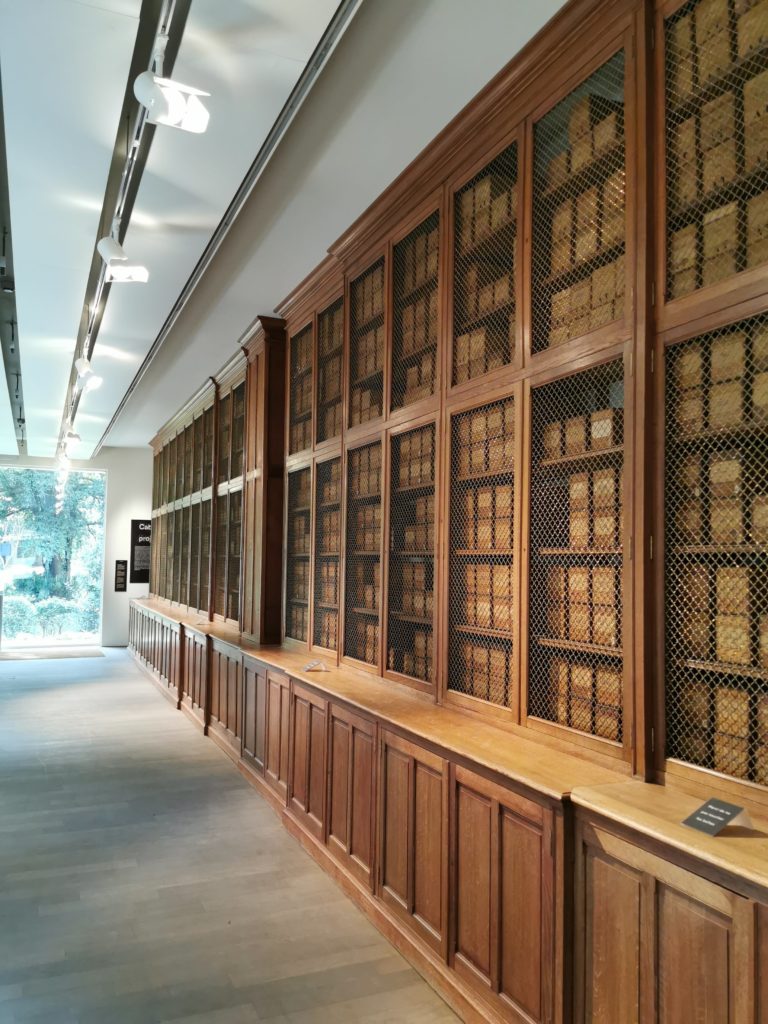
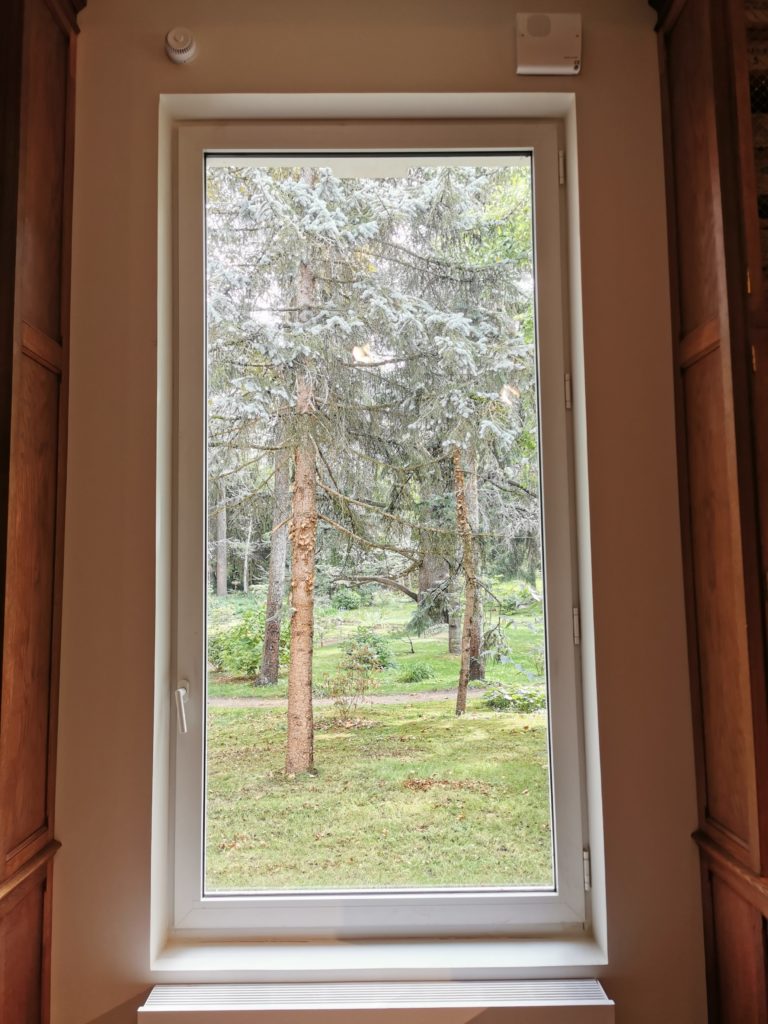
This project only absolutely blows my mind, only thinking about how heavy the photographic equipment used to be at the time and how long you had to travel to go from one place to another. Yet, those men made it, some to Mongolia, despite the conditions and even in the midst of World War I. The Albert Kahn museum still allows us to discover those archives, which have survived two wars and the toll of time. Originals of the images remain in what used to serve as the cinema room where members of the Autour du Monde society gathered to learn more about nature and the world.
Nowadays, you can stroll leisurely in the garden, have a look at the archives, and imagine what life at the start of the 20th century could be like in Asia, Europe, America and Africa, sheltered in the beautifully designed new museum. It is the work of Japanese architect Kengo Kuma. It couldn’t prevent two global wars while the man was alive, but to some extent, Albert Kahn’s patrimonial project is still standing, and still achieving his dream.
Albert Kahn Museum & Garden: practical information
How to go?
Metro Pont de Saint-Cloud (line 10)
Address: 2 rue du port, Boulogne-Billancourt
When to go?
The museum is closed on Mondays. Hours may very depending on the season.
The garden’s landscape and aspects will obviously look different according to the time of year. So choose wisely the time of your visit according to what you want to see!
Website
https://albert-kahn.hauts-de-seine.fr/ (in French only)
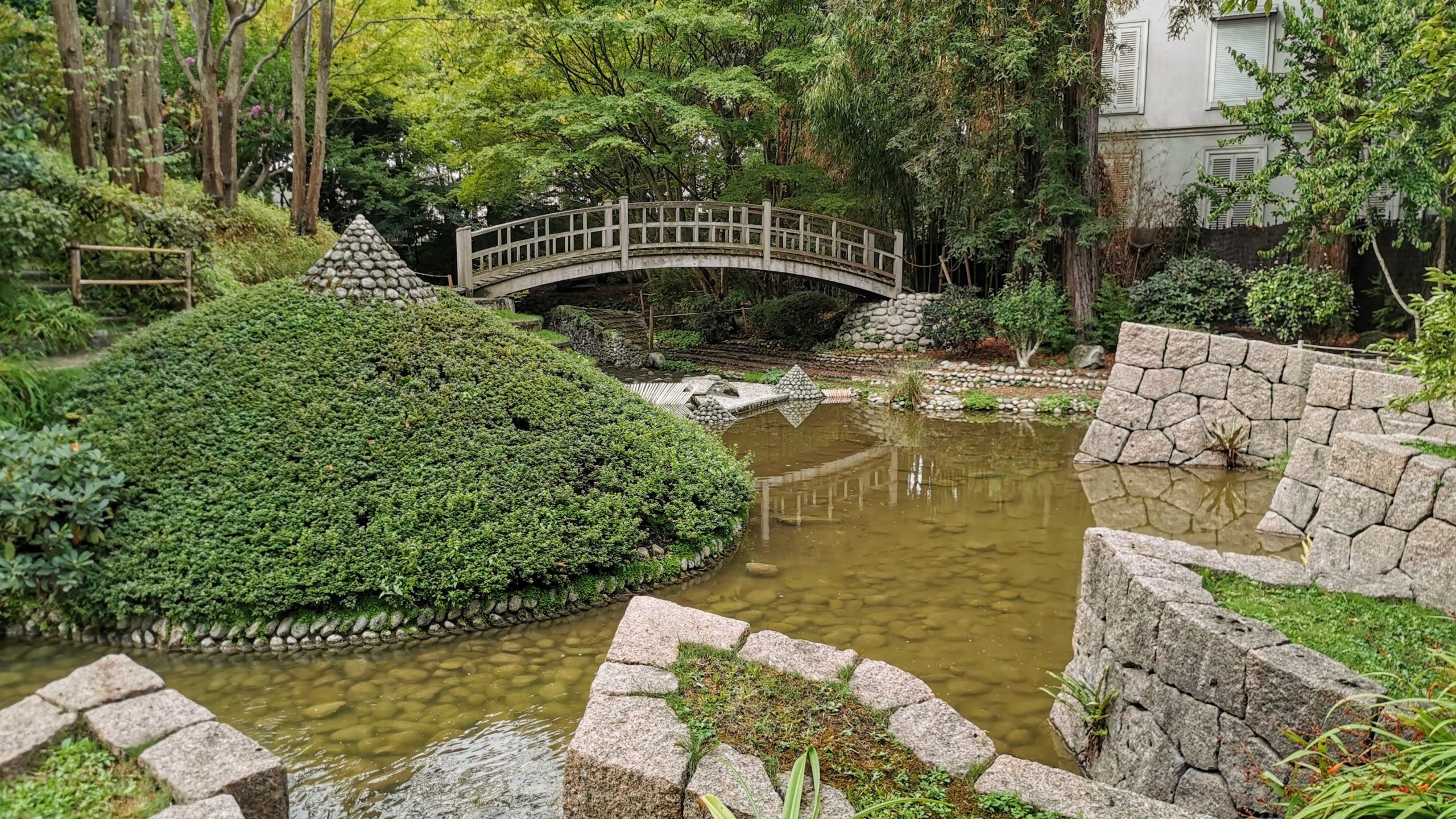
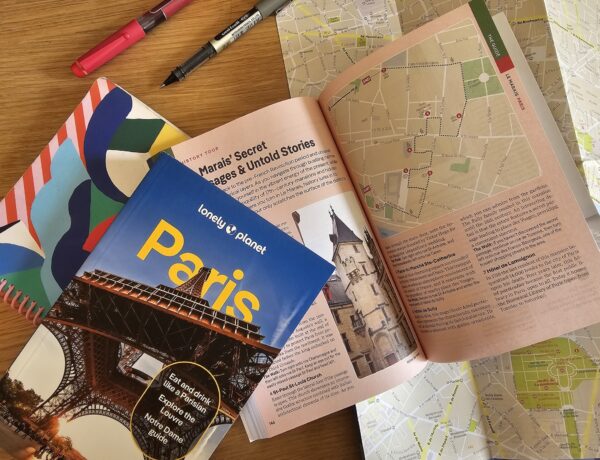

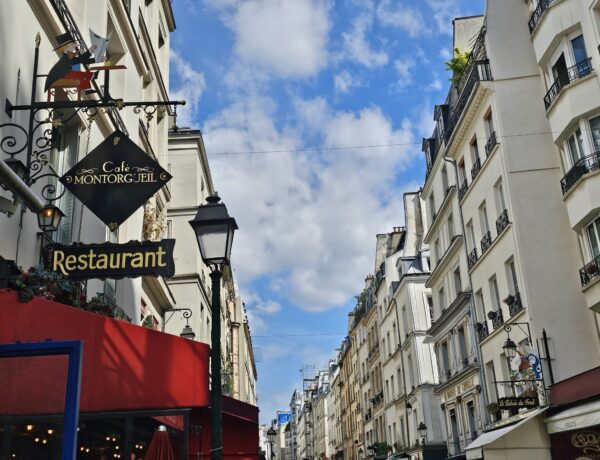
No Comments